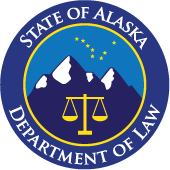About the Transportation Section
The Transportation Section of the Attorney General’s office is a dynamic team of engaged professionals tasked with providing legal support and counsel to the state’s Department of Transportation and Public Facilities (DOT&PF) and its many divisions and operating sub-units. DOT&PF plans, designs, constructs, maintains, and operates the State of Alaska’s transportation systems and public facilities, with the stated mission to “Keep Alaska Moving through Service and Infrastructure.”
Among the Divisions and Offices organized under DOT&PF are:
- The Alaska Marine Highway System (AMHS).
- The Alaska International Airport System (AIAS), comprised of the Ted Stevens Anchorage International Airport (ANC) and the Fairbanks International Airport (FAI).
- The Division of Statewide Aviation (SWA), which oversees 235 land-based and seaplane-based airports and airfields.
- The office of Measurement Standards and Commercial Vehicle Compliance (MS/CVC).
- The various offices and divisions, including Facilities Services (FS), Maintenance and Operations (M&O), Statewide Design and Engineering Services (DES), and State Equipment Fleet Management (SEF), which help keep Alaska moving 24/7/365.
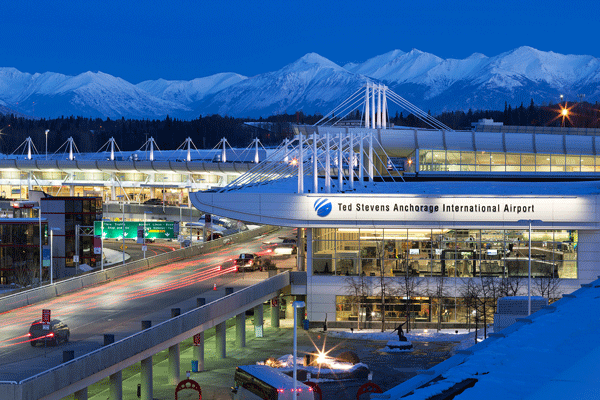
Did You Know?
- The television show Ice Road Truckers featured DOT&PF’s Dalton Highway, also known as the “Haul Road,” which connects Fairbanks to the outpost of Deadhorse on the Arctic Sea.
- ANC Airport is the 4th Busiest Cargo Airport in the World.
- The Alaska Ferry System, created prior to statehood, extends across 3,500 miles of scenic coastline and provides vital connectivity to over 30 Alaskan communities, many of them without land access to other Alaska population centers.
- Alaska contains 663,268 square miles of land and 14,336 miles of public roads and highways, including those in national parks and forests.
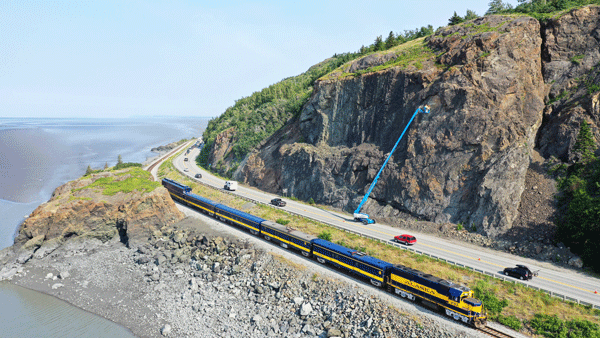
Scope of Work
- The Attorneys, Paralegals, and Law Office Assistants (LOAs) of the Transportation Section team work on an array of land, sea and air transportation projects that impact every Alaskan, as well as the state’s business community and visitor industry. Projects typically require DOT&PF’s engagement with a cross-section of stakeholders, including private landowners, vendors and contractors, local and Tribal governments, and multiple Federal government agencies.
- The Transportation Section routinely assists with project development (including planning and environmental compliance, land acquisition, procurement, contract preparation, bid protests, and resolution of claims by and against contractors) as well as with the management and operation of the state infrastructure systems.
- Projects and cases often reach Federal appellate courts or receive high-profile media coverage. Many large projects also involve complex environmental planning and/or environmental impact mitigation, including considerations for stormwater runoff, wetlands and alteration of waterways or streams. The Transportation Unit practice not only spans across many different areas of law, but offers the opportunity to develop expertise in subject matters such as commercial construction, civil engineering, road building, the maritime industry, airport management, and urban and rural planning.

Property Law: “Location, Location, Location.”
All roads, bridges, ports, and runways require land. Accordingly, Transportation Section attorneys are often immersed in assisting agency clients with: avigation easements, eminent domain takings relating to infrastructure maintenance or improvement projects, the use of rights-of-way as utility corridors, or major multi-decade commercial leases and maintenance, and operation agreements. The transportation legal team also helps DOT&PF navigate complex property ownership and/or hybrid land management issues common in Alaska, including situations involving split estates, tribal and/or Federal government land, or land encumbered by Federal regulation.

Construction Law: “Providing the Legal Foundation for Every Project.”
DOT&PF spends over $500 million annually designing and building projects that improve Alaska’s highways, airports, ferries, ports and public buildings. From drafting contract provisions and specifications before a project goes to bid, to litigating contractor claims after the work has been completed, Transportation Section attorneys are a vital part of DOT&PF’s ongoing efforts to improve Alaska’s transportation infrastructure and public facilities. This work requires an understanding of construction law principles, and familiarity with the basics of how projects are typically priced, scheduled and managed in Alaska. Good litigation skills are also required, since disputes with contractors typically require complex discovery and document production, motions practice, management of expert witnesses, and appearances before hearing officers and superior court judges in contested hearings and trials. For attorneys interested in the field of construction law, there is no better place in Alaska to practice than the Transportation Section.
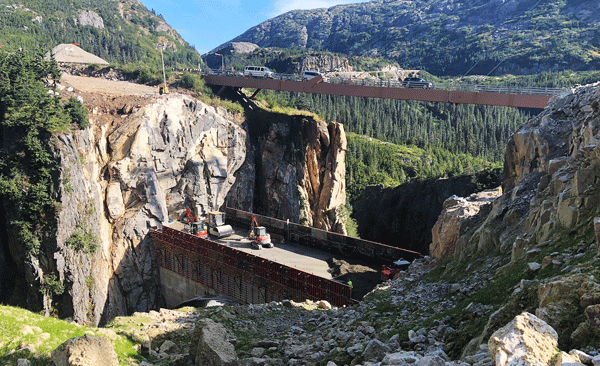
Commercial Law: “Big Business and High Stakes Transactions in the Last Frontier.”
Not many public sector lawyers deal with mission-critical or multi-million dollar projects or other “big business” matters, but those in the Transportation Section can find themselves representing the interests of their DOT&PF governmental clients in high-stakes transactions not unlike a private practitioner or in-house counsel might represent a private corporation or business client. What happens if a foreign commercial airline goes bankrupt and it leaves a 747-8F, its crew, and its cargo, stranded at an Alaska airport? What happens if a ferry vessel with passengers and cargo on board is unable to leave a remote port due to an unexpected breakdown? What does it take to build a runway, a dock, or a river-crossing bridge in a remote village during the state’s brief summer construction period, where failure means a community could be cut-off from the rest of the state? What actions should be taken when a bridge or overpass is seriously damaged in a traffic accident? Transportation Section attorneys routinely provide legal guidance on issues such as these where DOT&PF must respond quickly to the ever-evolving challenges that it faces.
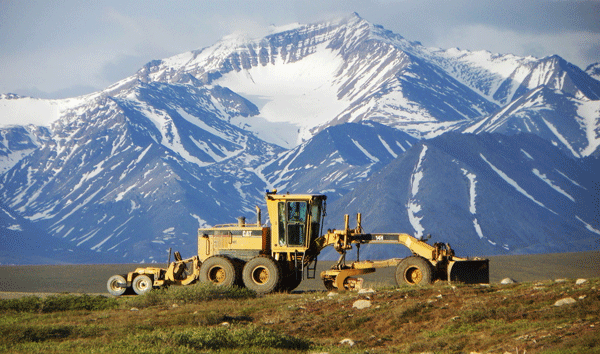
Regulatory and Legislative Law: “Regulating Alaska’s Transportation Industries.”
DOT&PF regulations cover a diverse range of topics, such as commercial vehicle standards, weights and measures, driveway and encroachment permits, airport leases and concessions, and highway construction requirements. Transportation Section attorneys routinely assist DOT&PF in adopting and revising its many regulations. Additionally, legislative bills being considered by the Alaska Legislature that could impact Alaska’s transportation and public infrastructure are reviewed and monitored by Transportation Section attorneys, who are sometimes called upon to provide testimony before legislative committees.

Maritime Law: “Keeping the Alaska Marine Highway System Moving Forward.”
AMHS owns and operates a fleet of ferry vessels whose operation and maintenance are controlled by federal maritime law and Coast Guard regulatory requirements. When problems arise, Transportation Section attorneys are frequently called upon to provide legal guidance to AMHS personnel. Section attorneys also assist AMHS in the procurement of new vessels, negotiating agreements with shipyards when vessels are undergoing overhauls and major repairs, and dealings with maritime insurers following incidents where ferries suffer hull or machinery damage.
The incredibly diverse nature of this practice means that a day in the life of a Transportation Section attorney is like none other in the Department of Law.
Section Contact
For further information on the Transportation Section contact:
Sean Lynch
Chief Assistant Attorney General and Section Supervisor
907-465-3600
